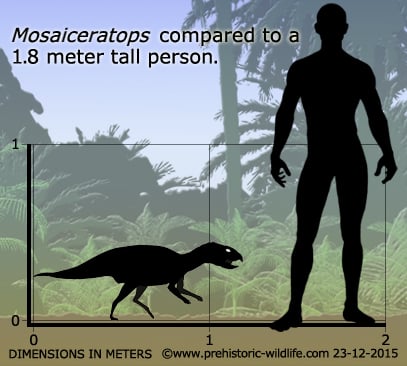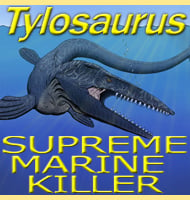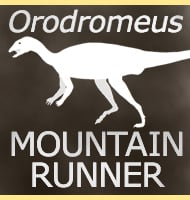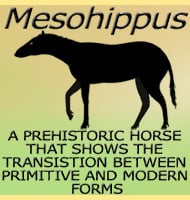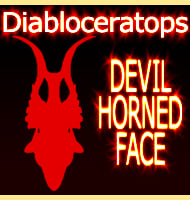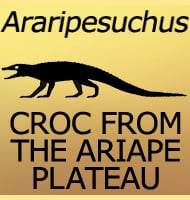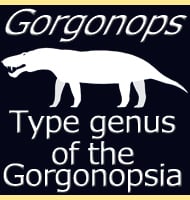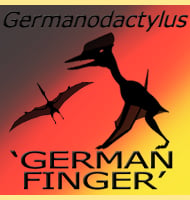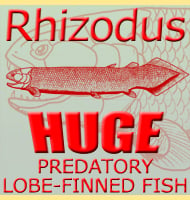In Depth
Named in 2015, the description of Mosaiceratops has led to some interesting insights into our understanding of neoceratopsian dinosaurs. While the general appearance of the skull is similar to genera such as Liaoceratops and Aquilops, the premaxilla and maxilla of the skull, as well as teeth show a similarity to Psittacosaurus. One specific area of this is the presence of teeth in the pre-maxilla that before the description of Mosaiceratops were thought to be very primitive features that identified one specific family of neoceratopsian dinosaurs called the Psittacosauridae. Mosaiceratops however at least shows us that premaxilla teeth were not exclusive to this family, and may indicate a second group that had them. Mosaiceratops is not considered to be related to Psittacosaurus because even though Mosaiceratops does not look much like the famous Triceratops, the authors found it to be more similar to Triceratops than Psittacosaurus.
Further Reading
- A psittacosaurid-like basal neoceratopsian from the Upper Cretaceous of central China and its implications for basal ceratopsian evolution. Scientific Reports 5:14190:1-9. - W. Zheng, X. Jin & X. Xu - 2015.
